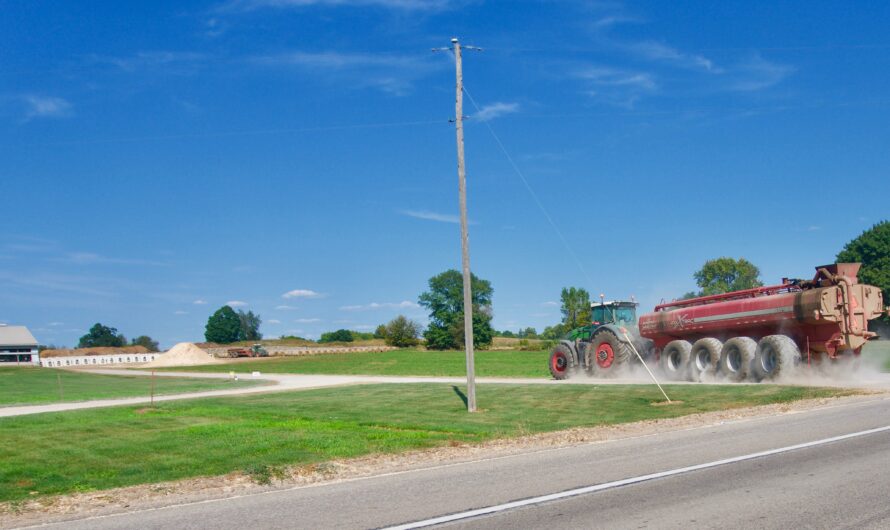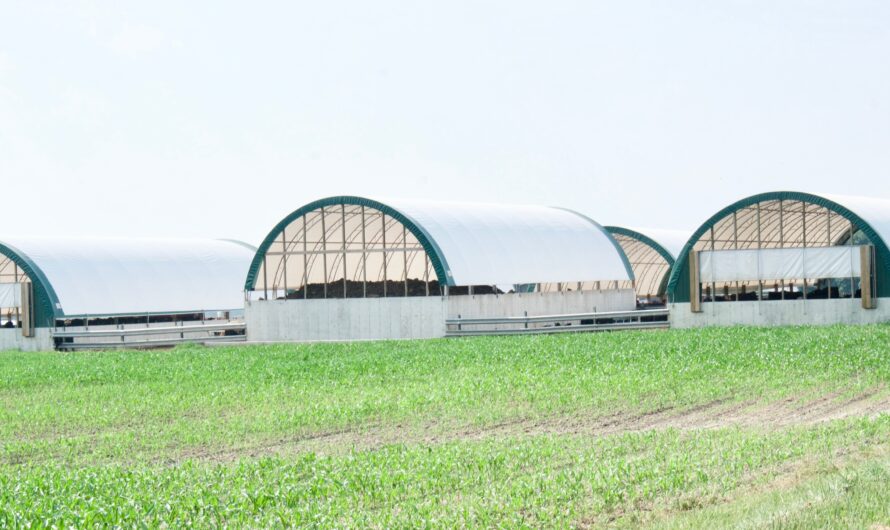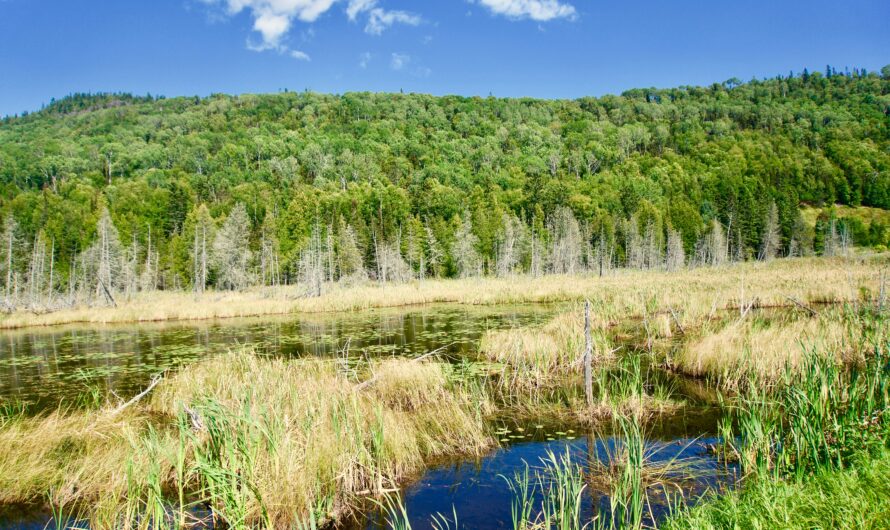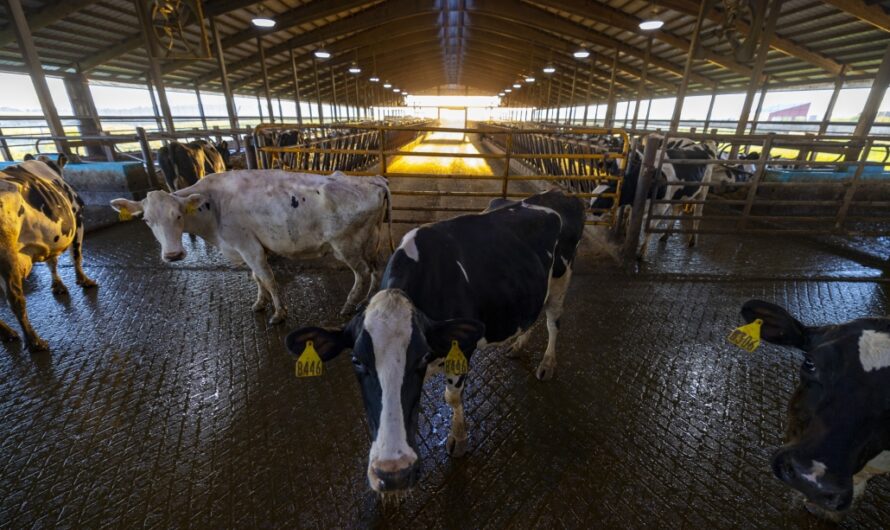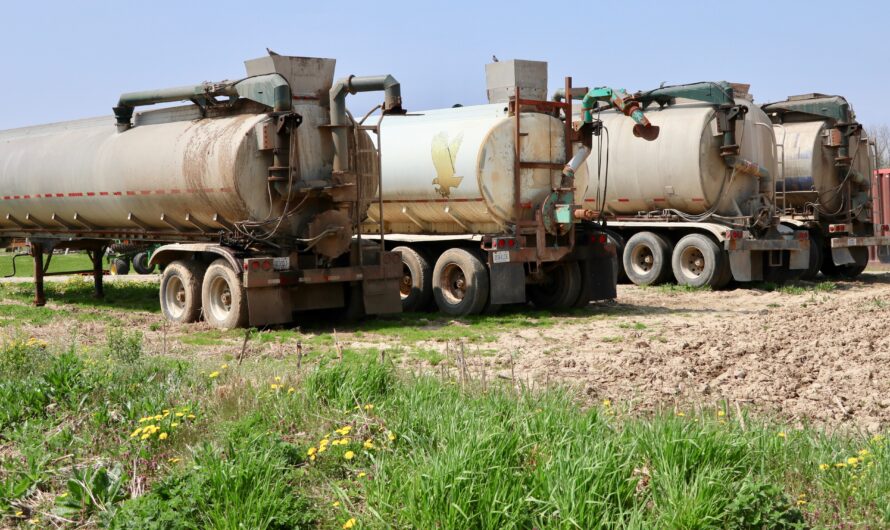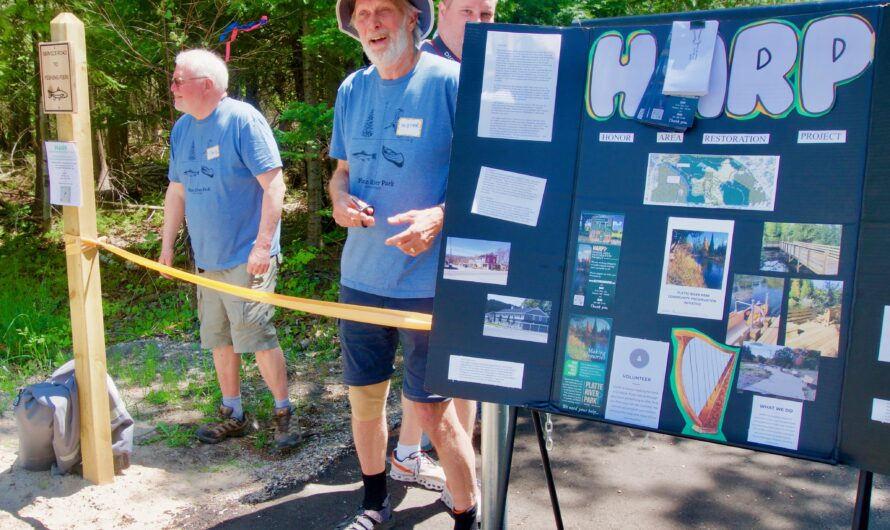Michigan’s New Rules To Protect Water From Manure Attacked By Lawmakers
FREMONT, MI. – Anticipating a surge of funding for building manure biodigesters that capture methane for electricity and transportation fuels from millions of tons of farm animal wastes Michigan’s environmental agency last year drafted more rigorous operating rules to protect state waters from a new tide of farm-based pollution. The action by the Department of Environment, Great Lakes, and Energy gained powerful legal justification in late July when the Michigan Supreme Court decided that EGLE …
